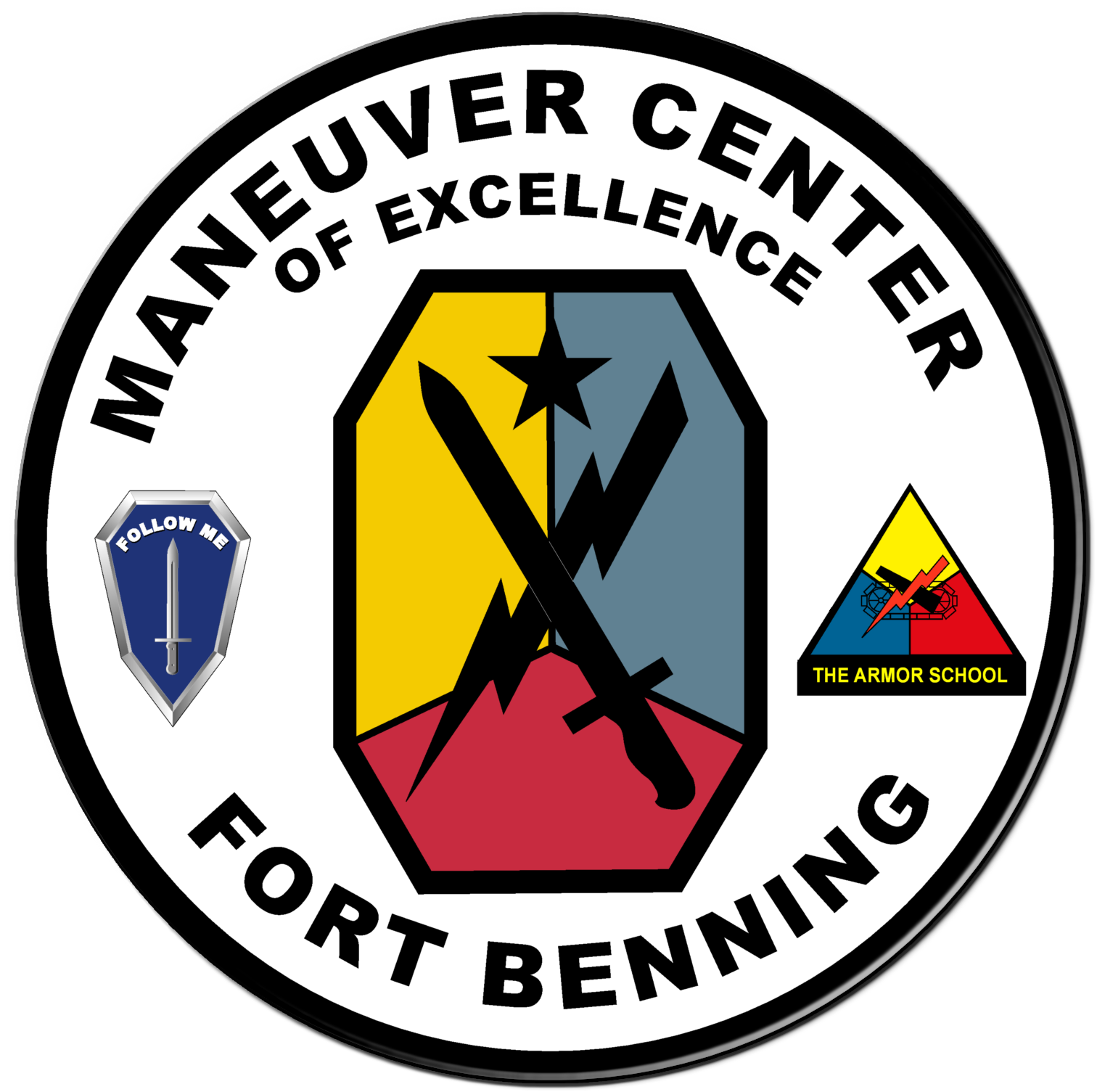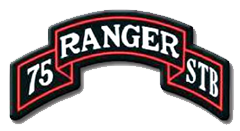Fort Benning
U.S. Army Fort Benning and The Maneuver Center of Excellence

75th Ranger Regiment Site
75th Ranger Regiment
Regimental Special Troops Battalion
Rangers from Regimental Special Troops Battalion conduct an airborne assault using the Army’s new T-11 Parachute onto Fryar Drop Zone June 2009. RSTB was the first combat unit in the Army to field the new parachute.
The 75th Regimental Special Troops Battalion (RSTB) was provisionally activated on 17 July, 2006 and officially activated on 16 October, 2007 as a response to the demands of the war on terror and the changing nature of Ranger operations. The activation of the RSTB provides the Ranger Regiment and Special Operations Command with increased operational capabilities to sustained combat operations. The RSTB conducts Command, Control, Communications, Computers, Intelligence, Surveillance and Reconnaissance functions in support of the 75th Ranger Regiment and other Special Operation Task Forces in order to enable the execution of Joint Special Operations anywhere in the world. Additionally, the RSTB provides qualified, trained and ready Rangers in order to sustain the Ranger Force. The Regimental Special Troops Battalion is comprised of four distinct companies.
The Ranger Reconnaissance Company (RRC) provides worldwide reconnaissance and operation preparation of the environment in support of the 75th Ranger Regiment and other special operations units.
The Ranger Communications Company (RCC) provides the Regiment world class command and control and communications in support of combat operations while meeting the additional communication requirements of other special operations task forces.
The Military Intelligence Company (MICO) provides the 75th Ranger Regiment and the special operations command the ability to conduct HUMINT, SIGINT, IMINT, and all source analysis operations in support of combat operations.
The Ranger Operations Company (ROC) is the “gateway into the Regiment.” The programs of instructions (POI) within the ROC include the Ranger Assessment and Selection Program (RASP 1 and 2), Small Unit Ranger Tactics (SURT), and Pre-Special Operations Combat Medical Course (PSOCM). RASP 1 assesses, trains, and identifies soldiers of the rank of E-5 and below for service in the Regiment. RASP 2 conducts the assessment and selection for soldiers E-6 and above. SURT prepares members of the Regiment for successful completion of the United States Army Ranger School. PSOCM is the preparatory training for all Medics (68W) in the Special Operations Combat Medic Course.
Since the beginning of OEF and OIF, the RSTB has maintained elements continuously deployed to combat. Both in training and in combat, the RSTB provides continuous support to the three other Ranger Battalions and the Regimental Headquarters.
Special Combat recognitions (Combat Jump Operations)
- Regimental Reconnaissance Detachment Tm 3 conducts combat military freefall parachute drop onto Wrath Drop Zone in southeast Afghanistan on 10 November, 2001. In order to establish a Flight Landing Strip for follow on combat operations.
- Regimental Reconnaissance Detachment Tm 3 conducts combat static line parachute drop onto Shiloh Drop Zone in southeast Afghanistan on 21 November, 2001. In order to establish a flight Landing Strip for follow on combat operations.
- Regimental Reconnaissance Detachment Tm 3 conducts combat military freefall parachute drop onto Tillman Drop Zone in southeast Afghanistan in July, 2004 in order to emplace tactical equipment.
- Regimental Reconnaissance Company Tm 1 conducts combat military freefall parachute drop with tandem passenger in Afghanistan on 11 July, 2009 in order to emplace tactical equipment.
